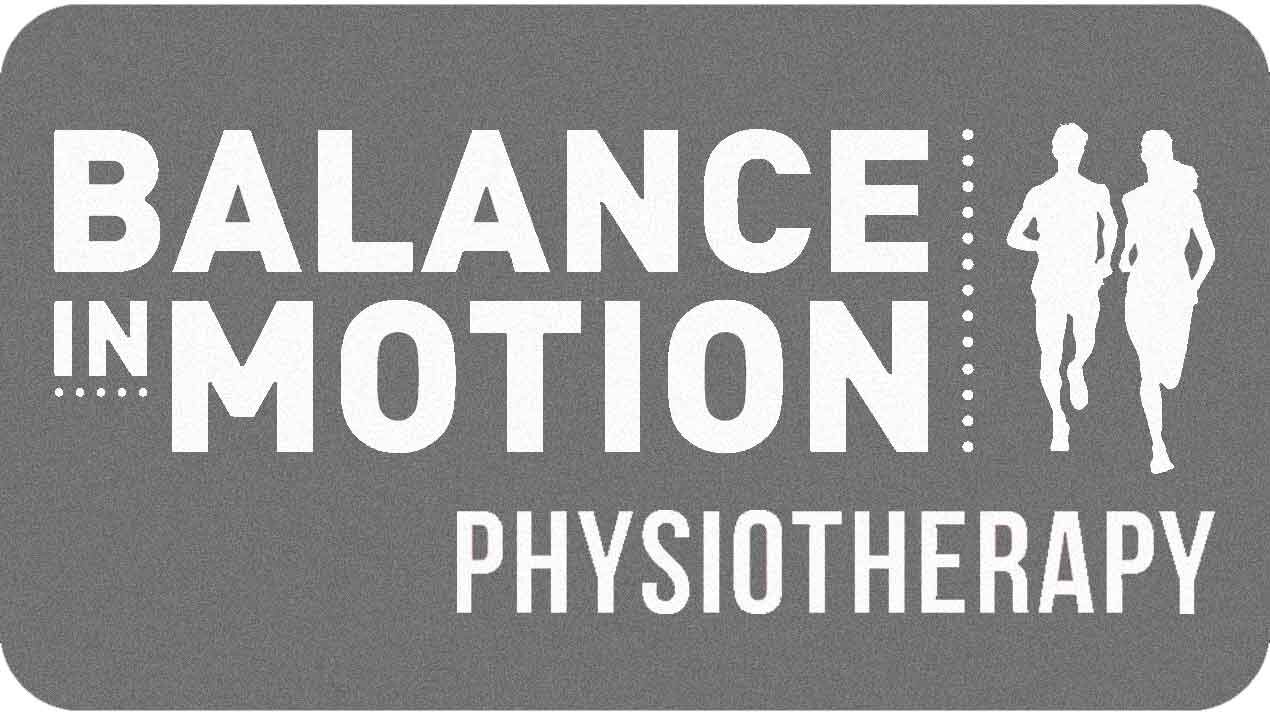THE ANSWERS TO THE TOP 4 PHYSIO QUESTIONS WE GET ASKED
/THE ANSWERS TO THE TOP 4 PHYSIO QUESTIONS WE GET ASKED
We’ve put our heads together and have decided upon the four most commonly asked questions that Physios get!
Is soft sand running or road running better for me?
The answer to this question is dependent on your body and injury history – both have their pros and cons. Road running puts more impact through your joints, which can cause wear and tear over time if you have had a signifcant previous joint injury. Soft sand running requires your calves and foot stabilisers (your foot’s “core” muscles) to work harder because your feet are more unstable in the soft sand and you don’t get the same push off as you do on harder surfaces.
If you do a lot of running or get sore joints e.g. knees, back, or hips, you should incorporate some running on softer surfaces (grass or sand) into your program.
If you have currently or a recent history of Achilles tendinopathy, plantar fasciosis or other calf and foot pain, soft sand running is definitely not for you.
What is the difference between pilates and yoga?
An easy way to remember this is that yoga is about length while pilates is about strength. These days, there are a lot of in-betweens that try and get a bit of both worlds e.g. yogalates and power yoga, but it’s good to know which end of the spectrum is better for your body type.
If you do a lot of moderate to high intensity exercise or have a sedentary job, yoga is your friend. It is a great way to make sure you maintain your ability to move in all the different ways we were designed to move in but which we frequently don’t use in our day-to-day life (remember use it or lose it). If you suffer from stress or anxiety, the mind body, soul approach of yoga is also a good way to make sure you regularly spend time in “rest and digest” mode (the opposite of “fight or flight” mode), which is when our body can properly regenerate and heal injuries.
Pilates is great for people who are hypermobile (have looser ligaments) because they need better deep muscle activity to support the extra movement in their joints. If you tend not to exercise regularly, find life physically tiring or get lots of joint aches and pain, firing up your deep muscle system in some pilates classes will help you feel stronger and better equipped to take on day-to-day life.
What causes clicking in your joints? Is it dangerous to click them?
Joints click when the muscles around them are tight, thereby increasing the compression through the joint space. When the joint clicks, it releases endorphins into the surrounding muscles, relaxing them, decompressing the joint and making you feel better. Clicking in itself is not a problem unless it happens too frequently or you force it. If the clicking is happening more than once a day, it indicates that there is consistently too much compression in that area which could lead to further tissue injury in the long term. If you repeatedly use force to make a joint to click, you can damage the joint end plates, increasing your risk of arthritis. A final point to note is that if you feel the need to click a joint, there is actually only 99% as much compression in the joint as there was the last time you felt you need to do that. This means, that your system gets more and more sensitive causing it to become a bit of an addictive habit, and increasing your risk of injury from repeated forced clicking!
My child has flat feet, do they need orthotics?
Unless there are truly exceptional circumstances, kids do not need orthotics no matter what their feet look like. We have almost as many bones in our feet as we do in our hands, and they were designed to be just about as dexterous (think the double arm amputee who shoots a bow and arrow with their feet). The problem comes when we take a young foot, strap it to a rigid shoe and walk around in a concrete jungle thereby never giving it the opportunity to properly develop good biomechanics. If a child’s feet are given the chance to functionally grow by walking barefoot on soft surfaces (grass and sand), they will mature as they should and cause very little problems for them throughout the rest of their life.
Even if your child has some kind of foot or lower limb pain and you have a hunch their flat feet are the cause, it is a much better idea for them to come in, be assessed to make sure that their feet are the problem and then taught to use them better, so they don’t continue to be a problem as they develop into adulthood. If dysfunctional feet are causing pain, orthotics can be a quick fix however it becomes a bit of a slippery slope. Supporting a dysfunctional foot with an orthotic will often make it lazier, hence it becomes more dysfunctional and then a more supportive orthotic is required and… you get my drift.
If you’ve got a burning question that needs answering, feel free to email us on info@balanceinmotion.com.au and one of our resident Physio gurus will get back to you

